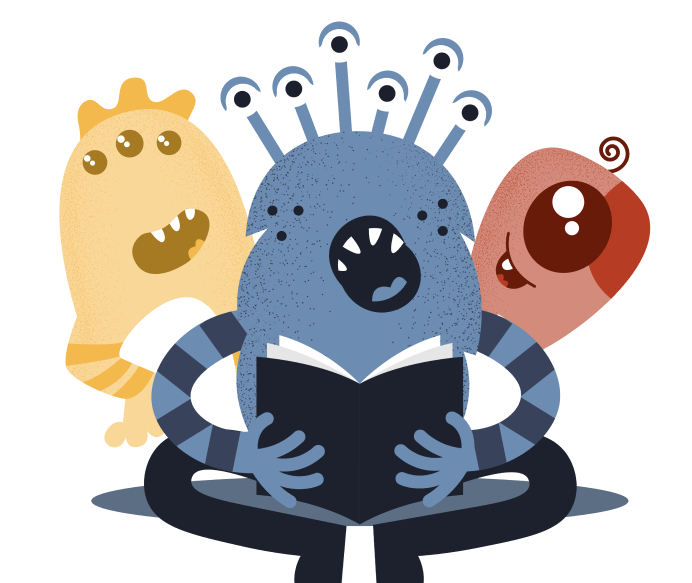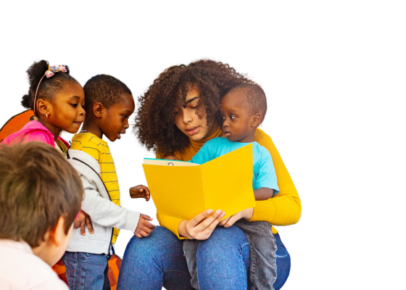How Students Learn to Read
We all know reading is very important. It is one of the most important life skills for school & work. It also brings joy into our lives through stories and learning. From kindergarten through third grade, it’s really important for kids to learn how to read well. After third grade, your child will need to be able to read to learn about all different subjects in school. That’s why it is very important to get really good at reading during those early years of school.
Tip: Hover over icons to see definitions of key terms.

This is an example of a tooltip!
How It Works
When kids get clear & specific teaching in reading every year, called the science of reading or structured literacy , 95% of them can learn to read at their grade level.
People used to think that kids learn to read just by being around books, like they learn to talk. But that’s not true. Reading is something that must be taught. That means we need to be taught how to:
- Turn words on a page into the words we hear in our head (Word Recognition)
- Understand what we just read (Language Comprehension)

Everyday Activities to Support Student Learning
Tips for Talking to Teachers
A strong relationship between families and teachers is key to ensuring students have what they need to succeed. Parent involvement not only leads to higher grades and test scores, but also helps students develop self-confidence, motivation, and social skills. Knowing what questions to ask at school visits and parent-teacher conferences can help you feel confident when it comes to addressing your child’s’ academic needs.



